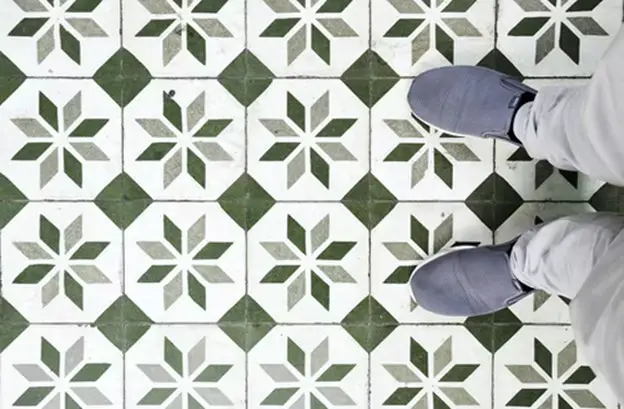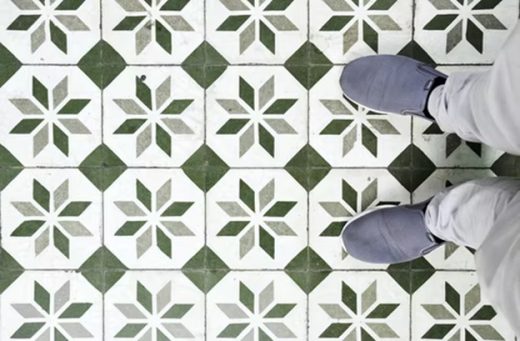How to choose between ceramic and porcelain floor tiles guide, Online house tiling advice, property design
How To Choose Between Ceramic And Porcelain Floor Tiles For Your Bathroom
3 Dec 2021
Retiling the bathroom floor has to be one of the top remodeling efforts homeowners try to undertake every now and then. It’s a doable project whose scale is relatively modest, but it rewards in generous dividends later.
However, this is not to say that there aren’t a few caveats or details to be on the lookout for. There are a few choices you would need to make, namely, whether to install ceramic or porcelain floor tiles. Both have pros and cons, and it can be difficult to accurately assess the best way to go. Here are a few tips to help you figure things out.
Similarities and Differences
First things first, let’s start off by covering the ways in which ceramic tiles and porcelain tiles are similar and different from one another. On the surface, they look fairly similar in terms of aesthetics and feel. The main difference is not in their looks, but rather, the way in which their production methods create a different tile with specific characteristics.
Both are clay-based and fired in a kiln, but porcelain is a bit more technically advanced in how it is created since the clay used to make it has a higher density and is fired for a longer period of time at a higher temperature. This might also be why porcelain is a bit more expensive – but we will get to that in a bit.
Telling the Difference
Just because they look alike, it doesn’t mean that you cannot tell the difference between ceramic and porcelain. How they differ from each other would be much more obvious to you once you take a proper evaluative walk through the Porcelanosa showroom, a platform where you can look at displays to visualize placement.
Porcelain tiles should have the same color throughout; even when there is an unglazed broken or chipped piece, the color will still be smooth looking regardless. Ceramic tiles on the other hand tend to reveal a different color underneath their glaze if it has been chipped. This could be one reason why homeowners sometimes prefer porcelain, budget withstanding, given that a chip in its armor – so to speak – won’t show up too much.
Cost-Benefit Analysis
The differences between ceramic and porcelain tiles are so subtle that you may find yourself genuinely confused as to which route to take. When you have trouble making a decision, just pay attention to the bottom line. A porcelain tile is smoother and made of a more dense substance, whereas a ceramic tile tends to be lighter and a bit more fragile. As such, the former will cost more money, while the latter will come with a more affordable price tag.
Also, is this a DIY project? In this case, a ceramic tile may make more sense since it’s easier to cut than porcelain. At the same time, getting ceramic doesn’t necessarily mean that you have to settle for less. Some varieties are quite lovely and have textured surfaces that help to add visual depth.
Ultimately, the choice can be a tough one to make at times, which is why letting your budget lead the way can sometimes make the decision easier for you. Also, if you don’t plan on hiring contractors to help, then you have a clear winner. In all cases, make sure to research the various options available to you before making the purchase.
Comments on this guide to How to choose between ceramic and porcelain floor tiles article are welcome.
Porcelain Guides
Porcelain Articles
Porcelain slab applications and varieties
Useful tips for installing porcelain tiles
Building Articles
New Architecture Design
OUTSIDE the Box, Toronto, Ontario, Canada
Design: Weiss Architecture & Urbanism Limited with Wonder Inc.

image courtesy of architects
OUTSIDE the Box
Comments / photos for the How to choose between ceramic and porcelain floor tiles advice page welcome







